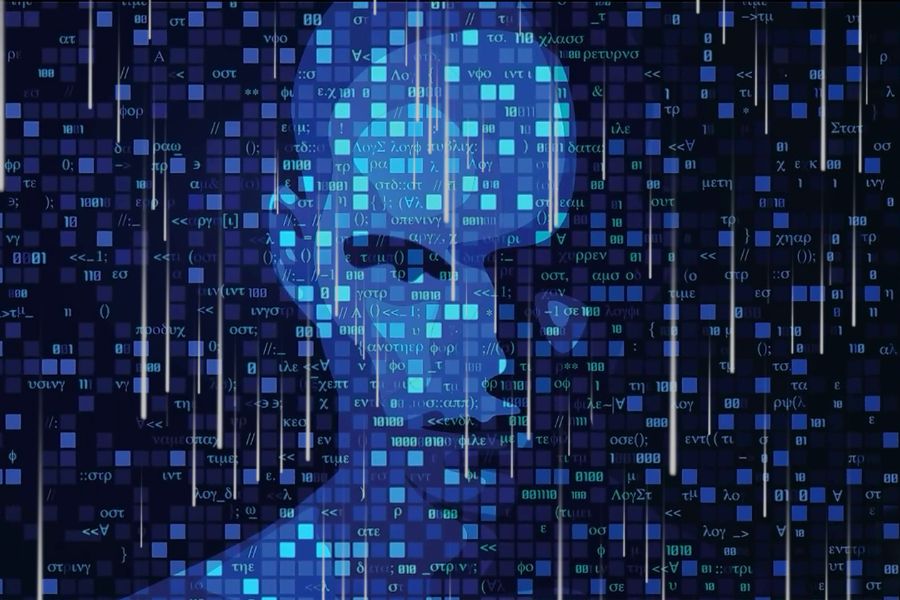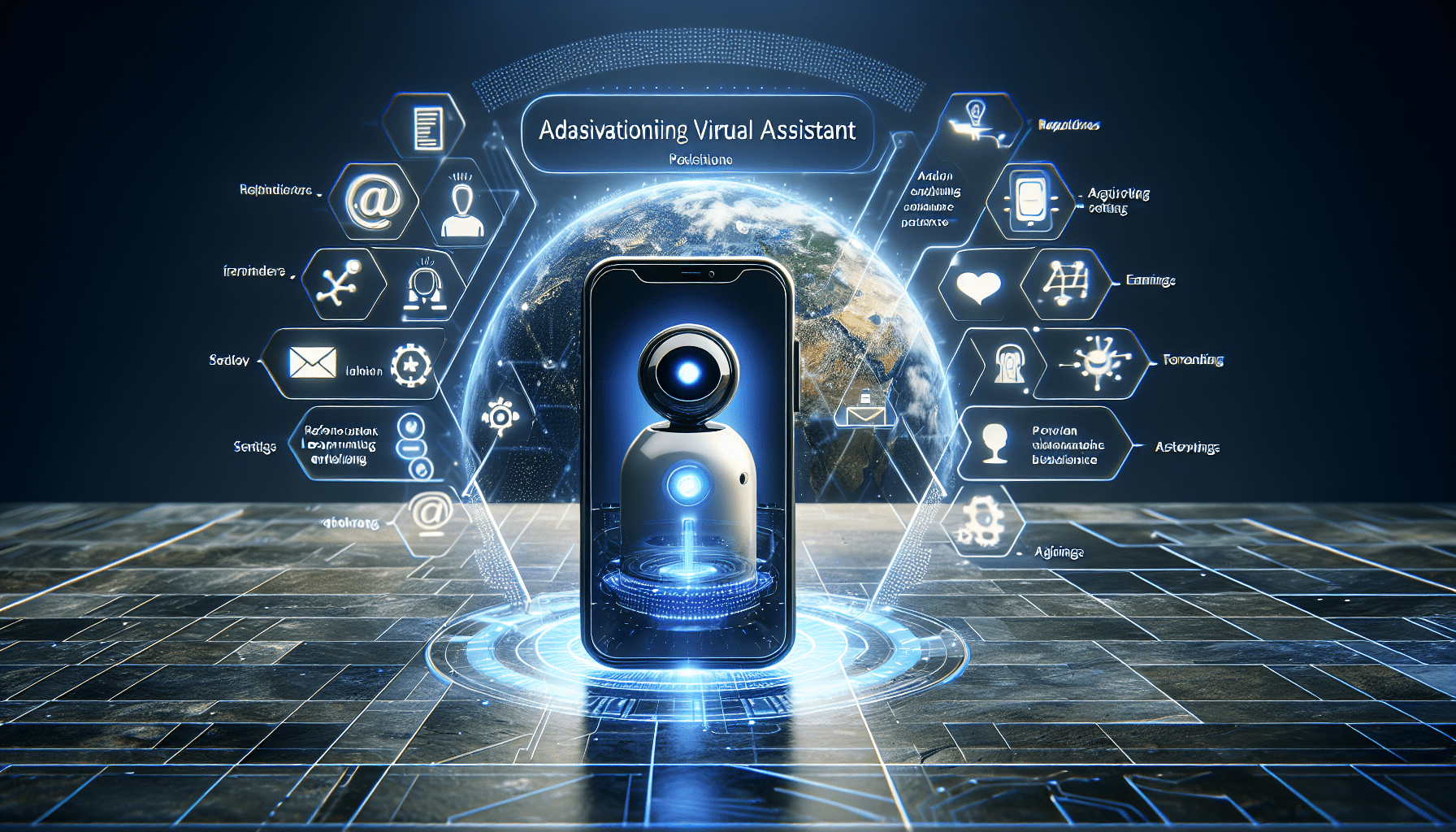Virtual Classroom transforms the landscape of education, and it’s one of the most significant advancements is the emergence of online teaching solutions. In recent years, the concept of virtual classrooms has gained traction, revolutionizing the way students learn and educators teach. This article explores the transformative impact of virtual classroom solutions on education, highlighting the benefits, challenges, and future prospects of this innovative approach.
Enhancing Access to Education
Virtual Classroom Solutions Expanding Educational Access
Virtual classrooms have broken down barriers to education, enabling learners from diverse backgrounds and geographical locations to access high-quality learning experiences. With a reliable internet connection, students can connect with educators, access course materials, and participate in interactive sessions, regardless of physical distance.
Personalized Learning Experience
Empowering Individualized Learning through Virtual Classrooms
Virtual classrooms provide a conducive environment for personalized learning, catering to the unique needs and pace of each student. Adaptive learning technologies and data-driven insights allow educators to tailor teaching methods and content to match students’ strengths, weaknesses, and learning preferences, fostering a more engaging and effective learning experience.
Real-Time Interaction and Collaboration
Facilitating Dynamic Collaboration in Virtual Classrooms
Through advanced communication tools, virtual classrooms encourage real-time interaction and collaboration among students and instructors. Interactive discussions, group projects, and virtual breakout sessions enable learners to actively engage with the subject matter and exchange ideas, promoting critical thinking and problem-solving skills.
Enhancing Digital Literacy Skills
Nurturing Digital Literacy through Virtual Learning
Virtual classrooms introduce students to digital tools and technologies, nurturing digital literacy skills that are essential in today’s digital age. By navigating virtual platforms and engaging with multimedia content, students develop the technological proficiency required for success in both academic and professional spheres.
Overcoming Geographical Limitations
Breaking Geographical Boundaries with Virtual Classrooms
Virtual classroom solutions have revolutionized international education, allowing institutions to offer courses to students worldwide without the need for physical presence. This global reach facilitates cross-cultural learning experiences, promoting diversity and enriching the educational landscape.
Challenges in Virtual Learning
Overcoming Challenges in Virtual Classrooms
While virtual classrooms offer numerous advantages, they also present unique challenges. Technical issues, such as internet connectivity problems and hardware limitations, may hinder the learning experience. Moreover, maintaining student engagement and combating distractions in a remote setting require innovative approaches from educators.
Ensuring Inclusivity and Accessibility
Promoting Inclusivity and Accessibility in Virtual Learning
Ensuring inclusivity in virtual classrooms is essential to accommodate students with diverse needs and abilities. Educators must take into account factors like accessible content, closed captioning, and assistive technologies to create an inclusive learning environment for all learners.
Evolving Virtual Classroom Solutions for the Future
As technology continues to advance at a rapid pace, the future of virtual classroom solutions holds immense promise for the education sector. With each passing day, new innovations and advancements are shaping the landscape of virtual learning, ensuring an ever-evolving and dynamic educational experience.
Artificial Intelligence in Virtual Classrooms
Artificial Intelligence (AI) is poised to play a central role in the future of virtual classrooms. AI-powered virtual assistants and chatbots will enhance the learning experience by providing real-time support to students and educators. These intelligent systems will be capable of answering questions, guiding students through course materials, and offering personalized feedback based on individual learning patterns.
Additionally, AI-driven analytics will offer invaluable insights into student progress and performance. Educators will have access to data-driven assessments, enabling them to identify areas where students may be struggling and adjust teaching methods accordingly. This data-driven approach will facilitate continuous improvement and tailor educational content to cater to the diverse needs of learners.
Virtual Reality and Immersive Learning
Virtual Reality (VR) is another technology that holds tremendous potential for transforming virtual classrooms. By immersing students in realistic and interactive learning environments, VR opens up new possibilities for experiential learning. History lessons can come to life as students step into historical events, and science concepts can be visualized through immersive simulations.
The integration of VR technology in virtual classrooms fosters engagement and deepens understanding, making complex subjects more accessible and enjoyable for students. Moreover, collaborative VR experiences allow students to interact with their peers, promoting teamwork and communication skills in a virtual setting.
Conclusion
Virtual classroom solutions have emerged as a transformative force in education, revolutionizing the way we teach and learn. By breaking geographical barriers, enabling personalized learning experiences, and fostering collaboration, virtual classrooms are reshaping the future of education. As we continue to harness the potential of technology, the journey towards an inclusive, accessible, and innovative educational landscape becomes a reality.




